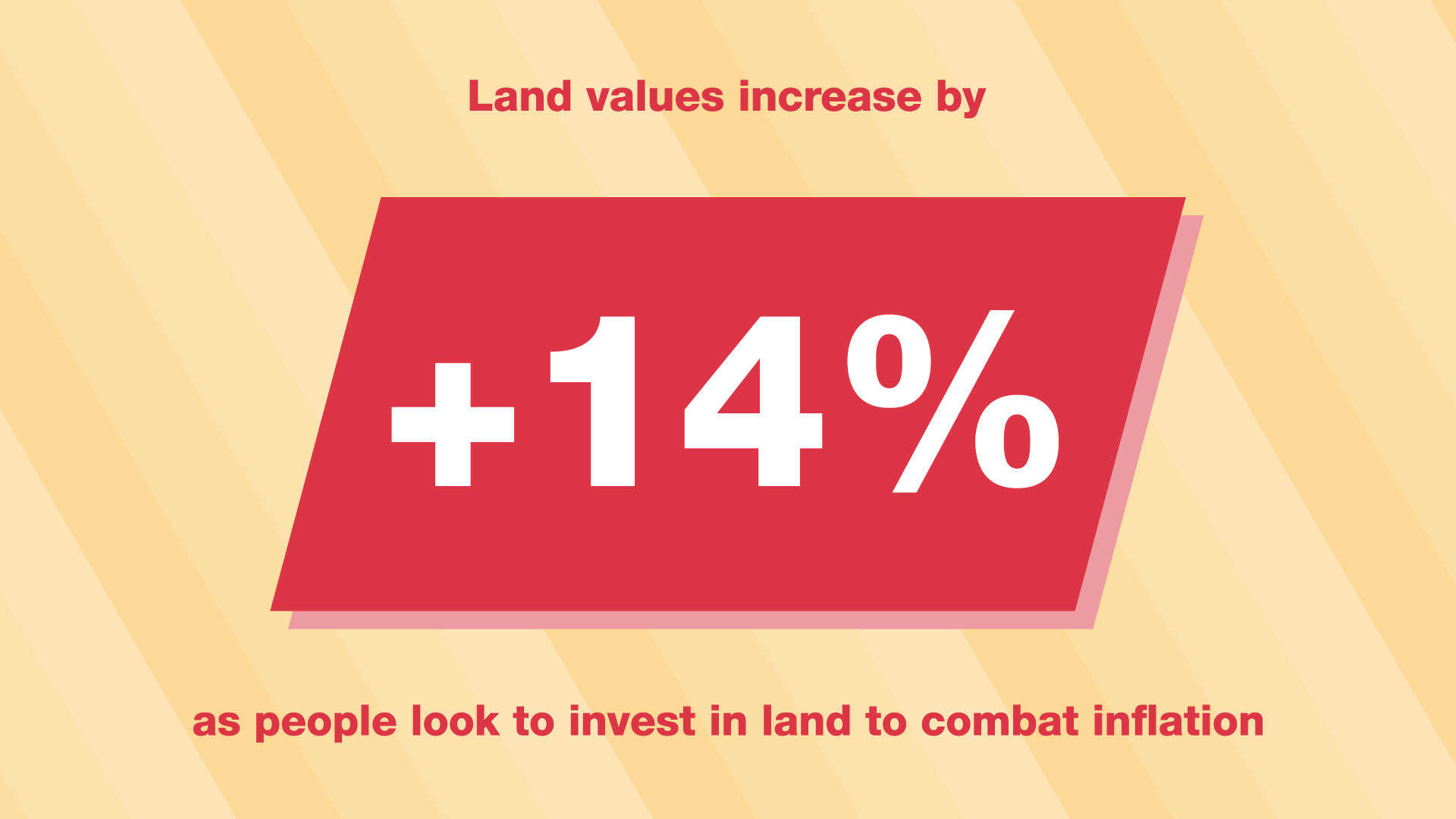— Knight Frank, 01 April 2022

The average value of farmland is rising at the fastest rate since 2014, according to the latest results from the Knight Frank Farmland Index.
The price of bare land rose by almost 4% in the first quarter of this year, while annual growth hit 14%.
This compares favourably with other investment classes.
A lack of supply and strong demand from a wide range of purchasers, particularly rollover and conservation-motivated buyers, continue to support prices. The volume of publicly advertised land for sale so far this year is about 50% below the levels seen in 2021, itself an historically sparse year.
Several additional dynamics that could lend momentum to the market have also emerged. Following the surge in commodity and energy prices created by the war in Ukraine – around a third of the world's grain exports are shipped from Black Sea ports – inflation is spiralling and food security has risen to the top of the political agenda.
As many economic commentators are pointing out, we are now in a situation some claim is reminiscent of the 1970s when inflation also soared. During such periods, investors often seek out assets classes that act as inflationary hedges. Gold is one, but farmland, which is a more tangible asset and subject to less price volatility, is arguably a better option.
Values spiked by almost 500% during the '70s, so could we see something similar happen now? Maybe not to that extent, but there is certainly the potential for investors to start looking at agricultural land in a new light as both an insurance against inflation and as a source of environmental and carbon credits.
Share this: